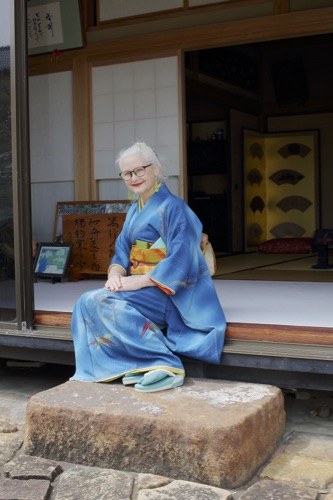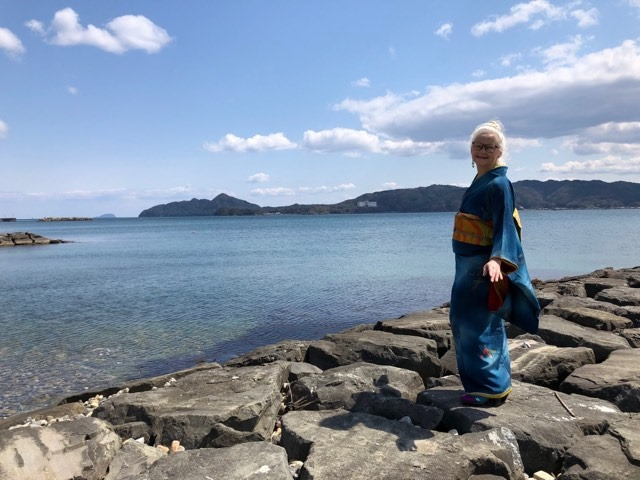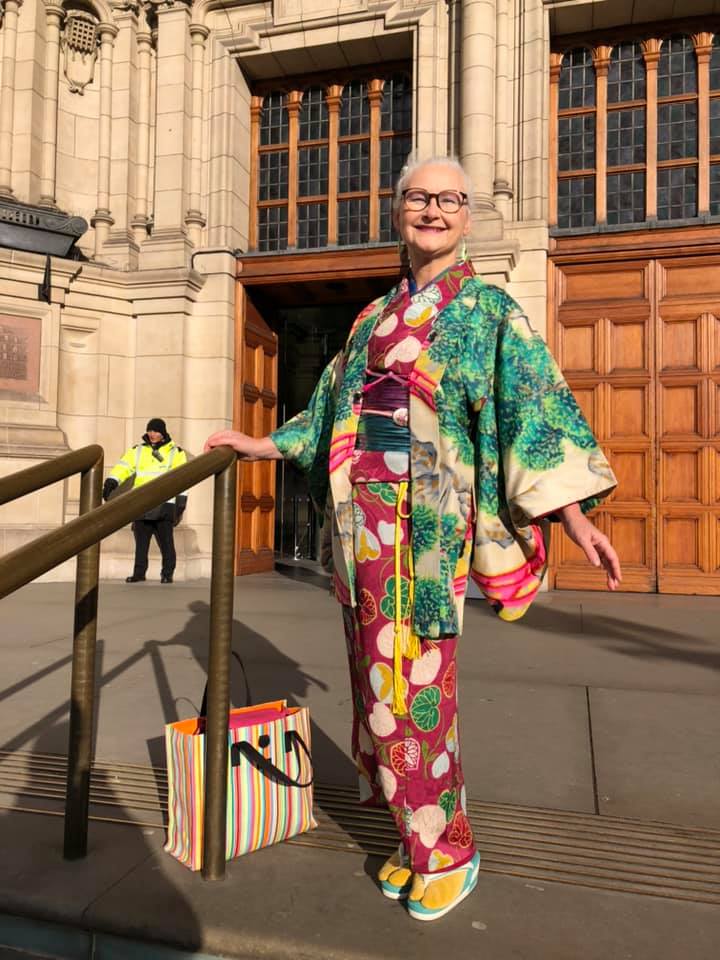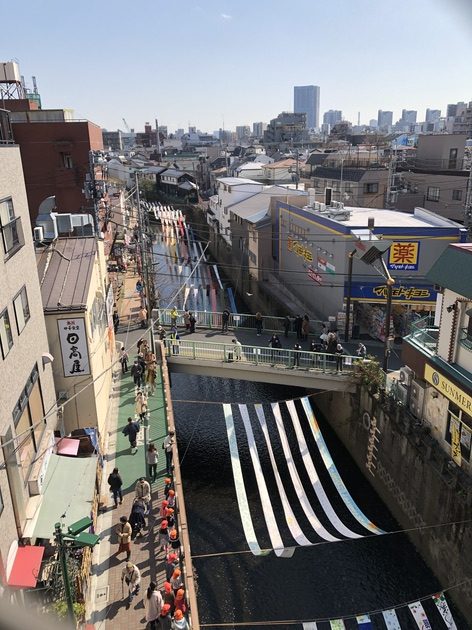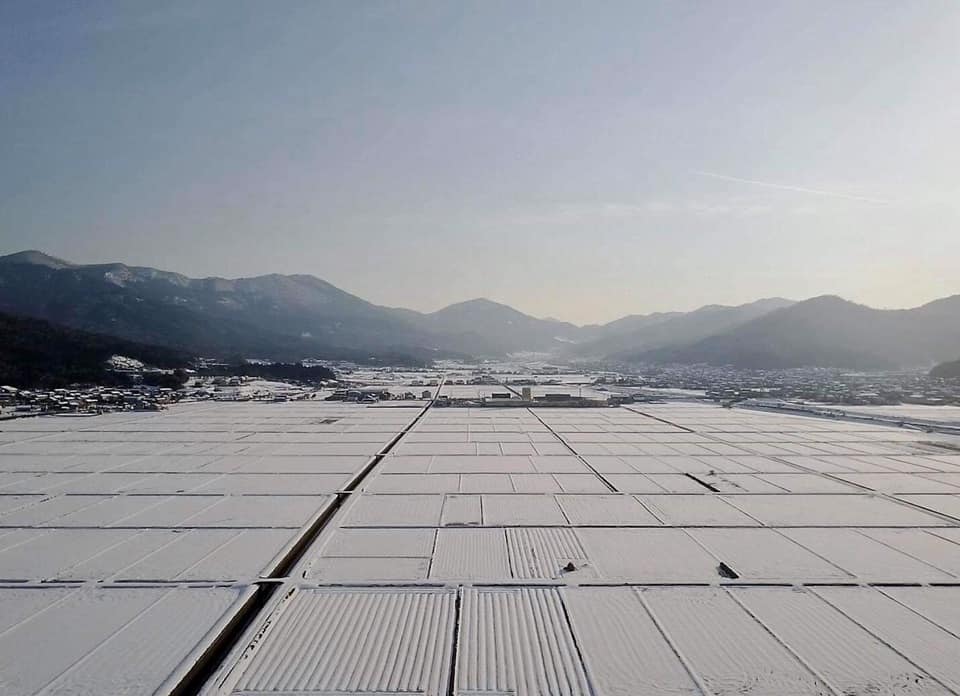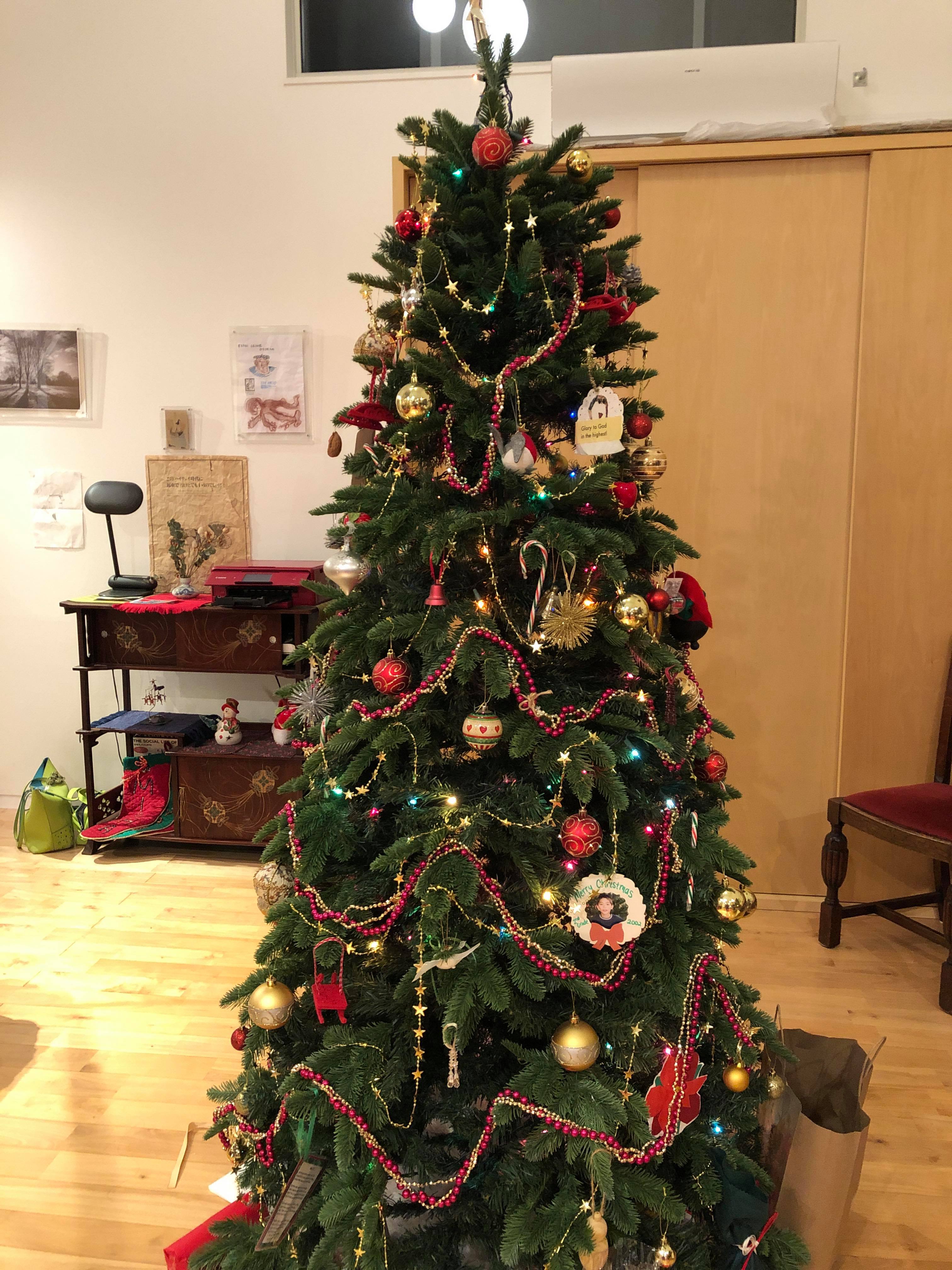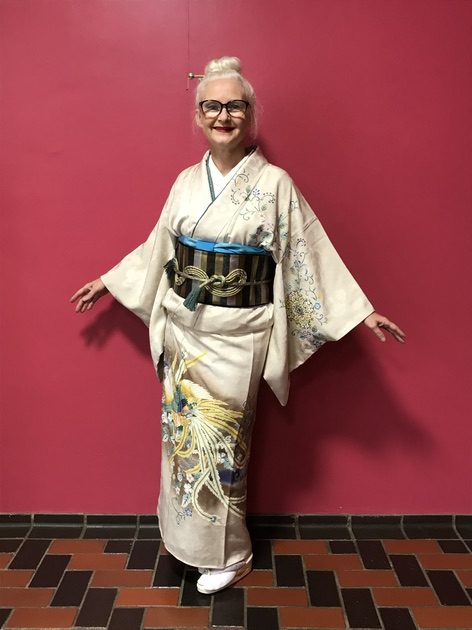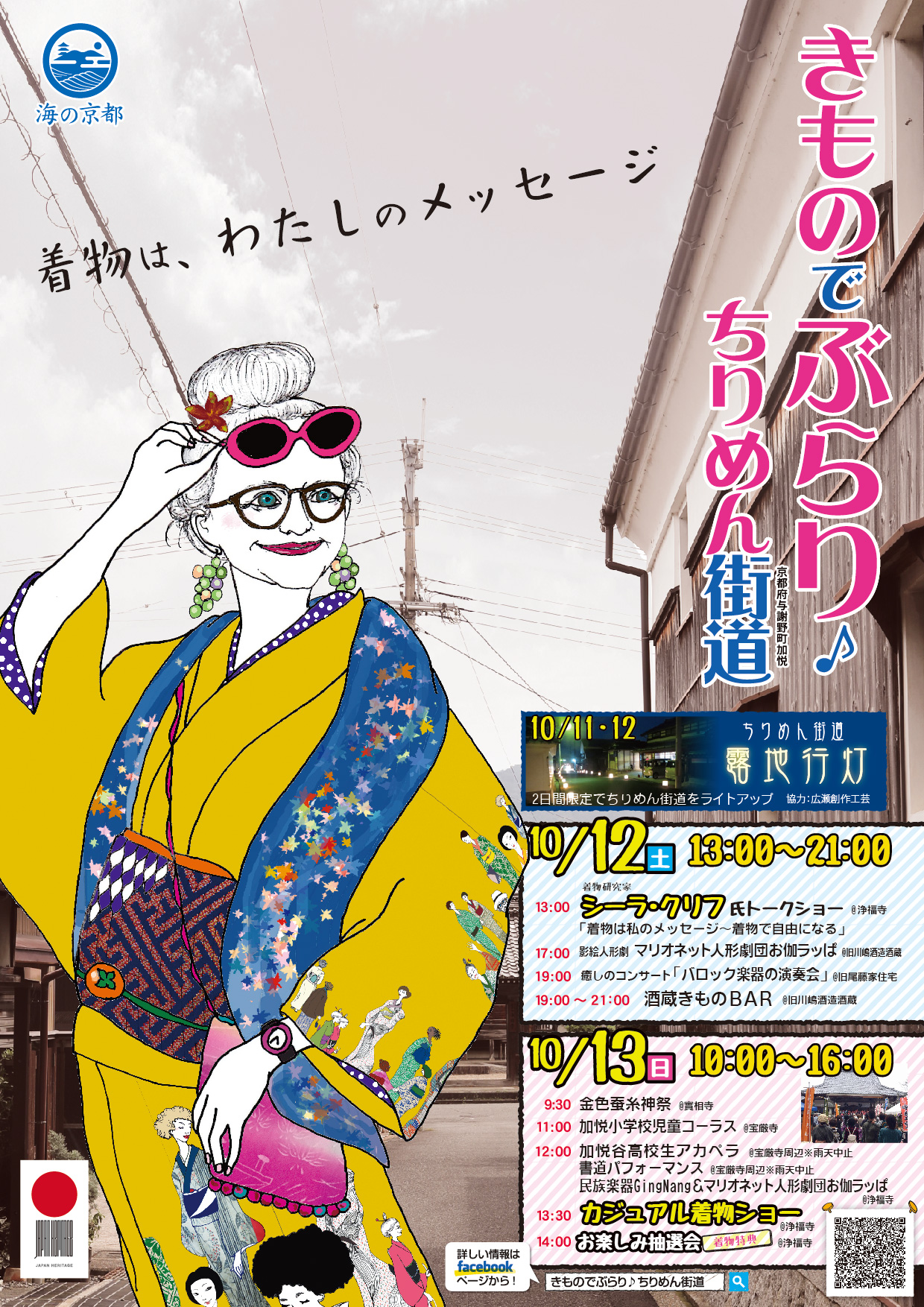
Kyo Tango: Winter Treats
- AREA
- Kyotango
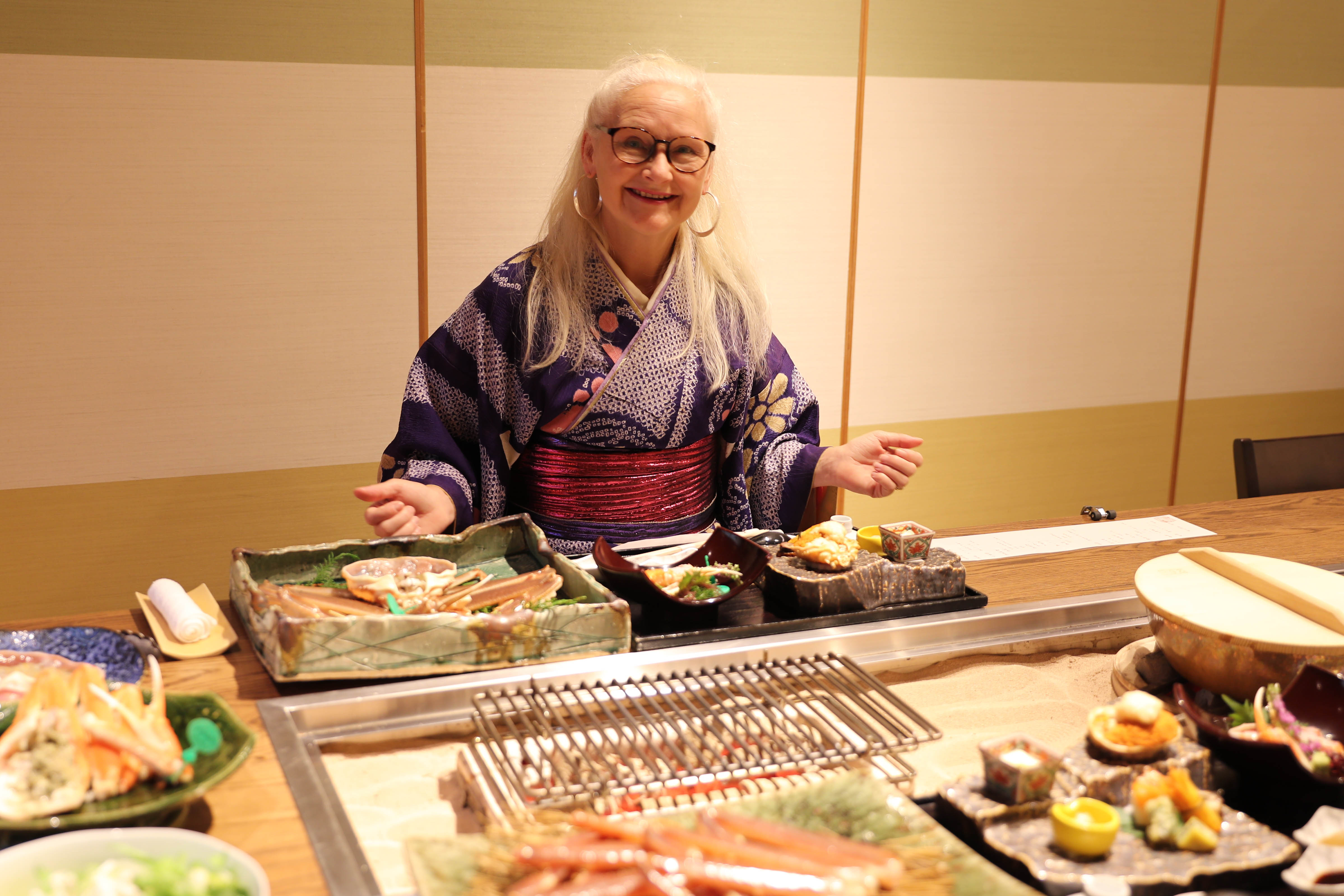
I was really looking forward to going to Tango in winter, but I was afraid that it might be very cold. I was lucky to find that this winter has been quite mild, so far. I had been told about the great food that is available in the Tango area, and everything I have eaten in Tango area so far has been delicious. So I was looking forward to a special treat that I had been told about, crab from the Tango area. I couldn’t eat crab on my previous trips to Tango because it is only available in the winter season. I had driven as far as Ine before, but this time our drive was on the other side of the peninsula. I was excited to see the sea, although the water looked gray and cold.
We arrived at “Sumihei Ryokan”, which is a beautifully constructed modern Japanese inn overlooking the Japan sea, in a strong wind. The waves were crashing onto the shore below. The view was wonderful, but we were soon taken inside the cosy warm interior where we had a private Japanese room for our feast of crab meat. Sumihei is in the fishing village of Taiza, and the crab fishing season starts on November 7th and continues throughout March. Five fishing boats are permitted to catch the Taiza crabs. First we had a plate of appetizers including seasonal dishes and a koppe, female snow crab, salty and full of eggs.
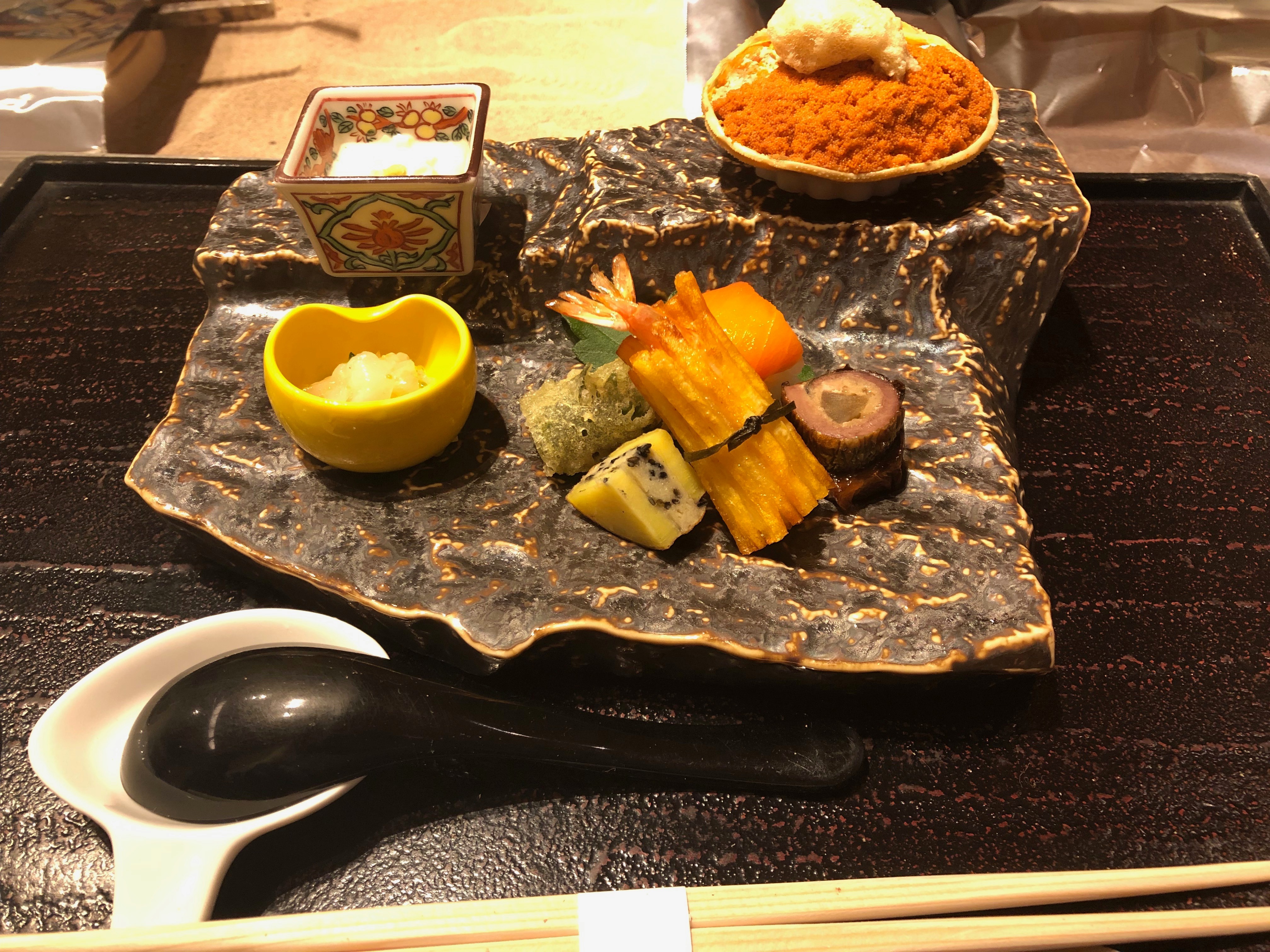
After that we ate our main dishes, which were all comprised of Taiza crab cooked in many different ways. We had raw sashimi, dipped in the crab brains, and also shabu shabu, crab dropped into boiling water. We also grilled crab legs on the charcoal grill on the table, and ate legs that had been boiled too.
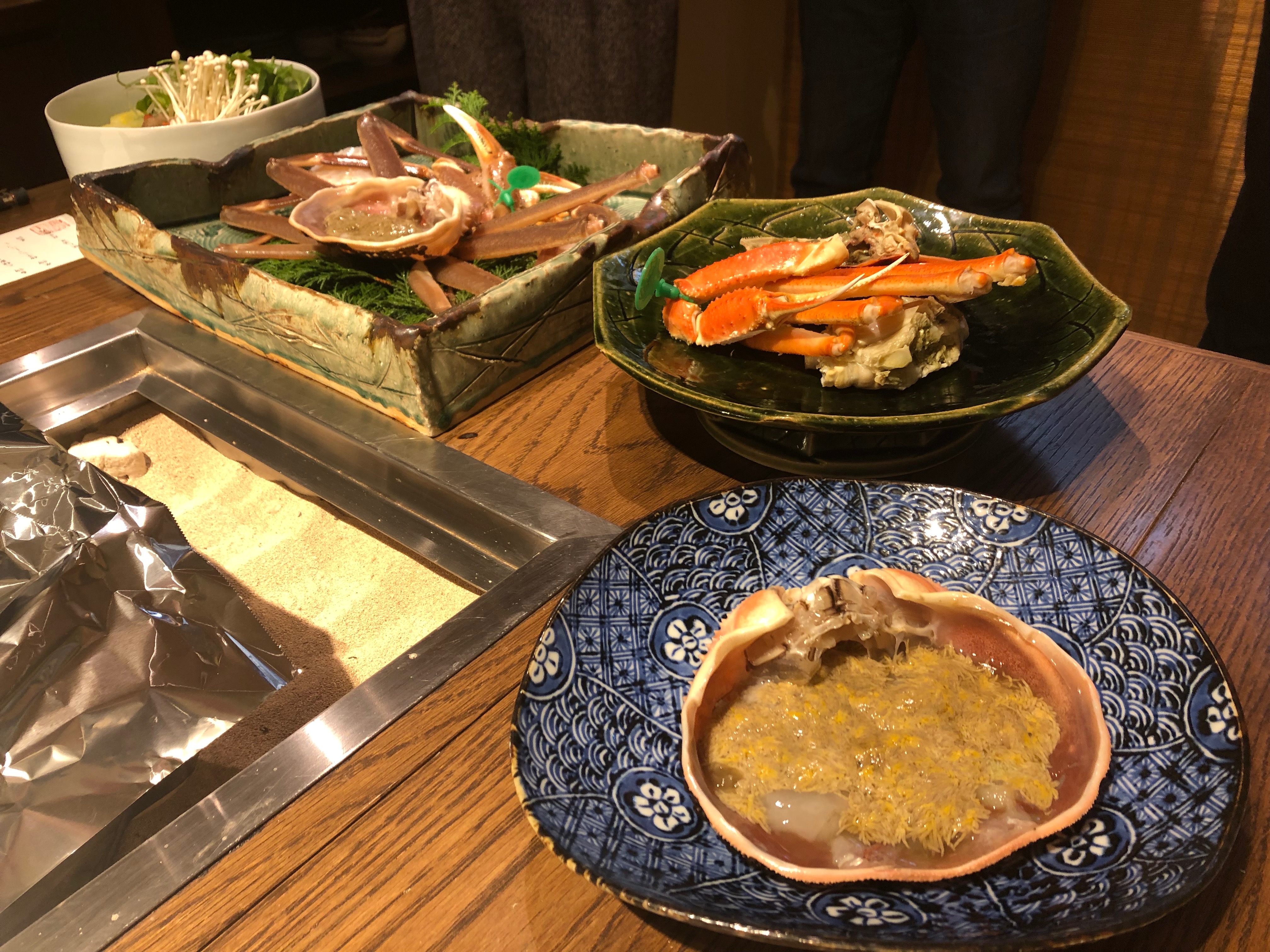
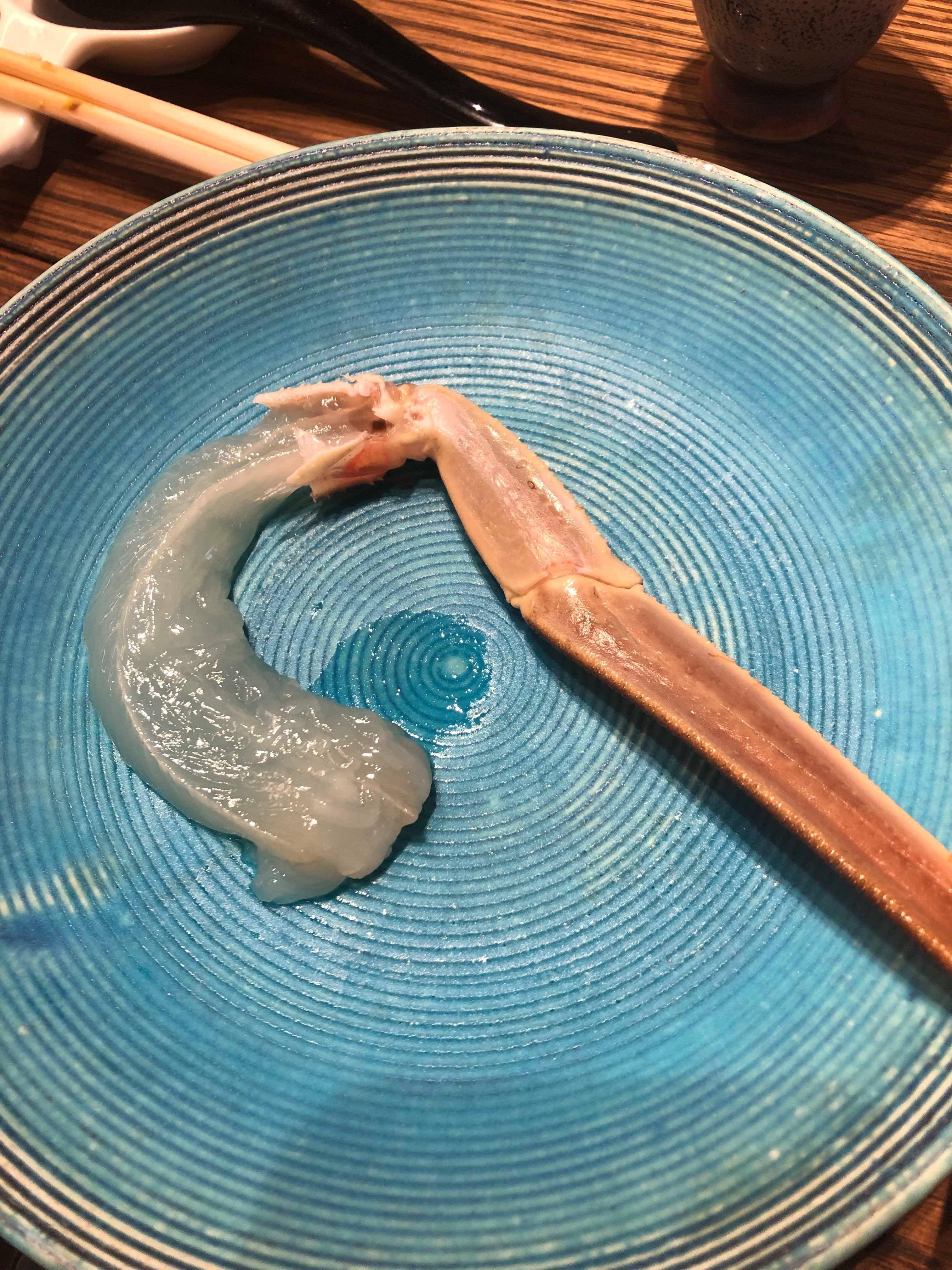
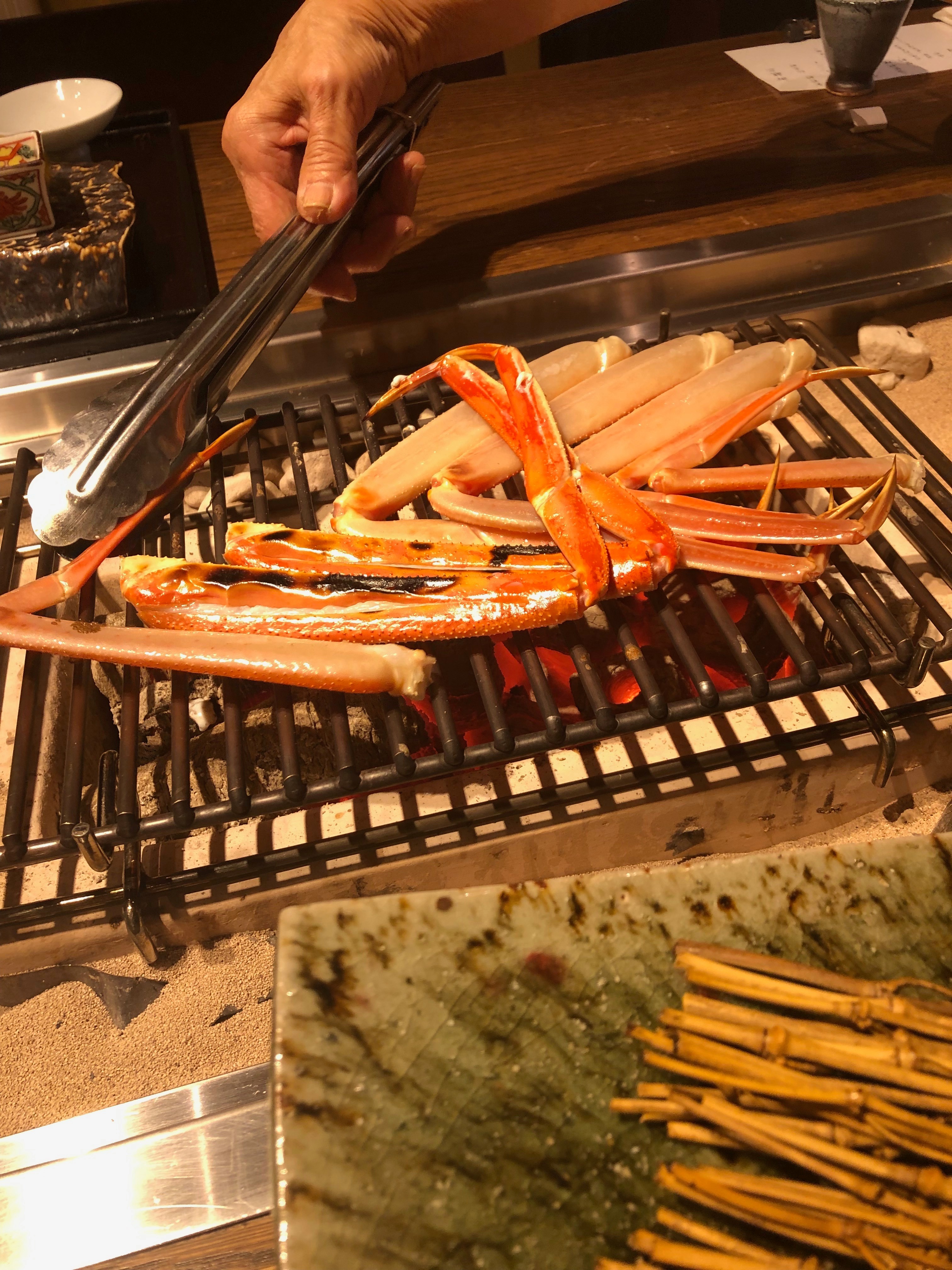
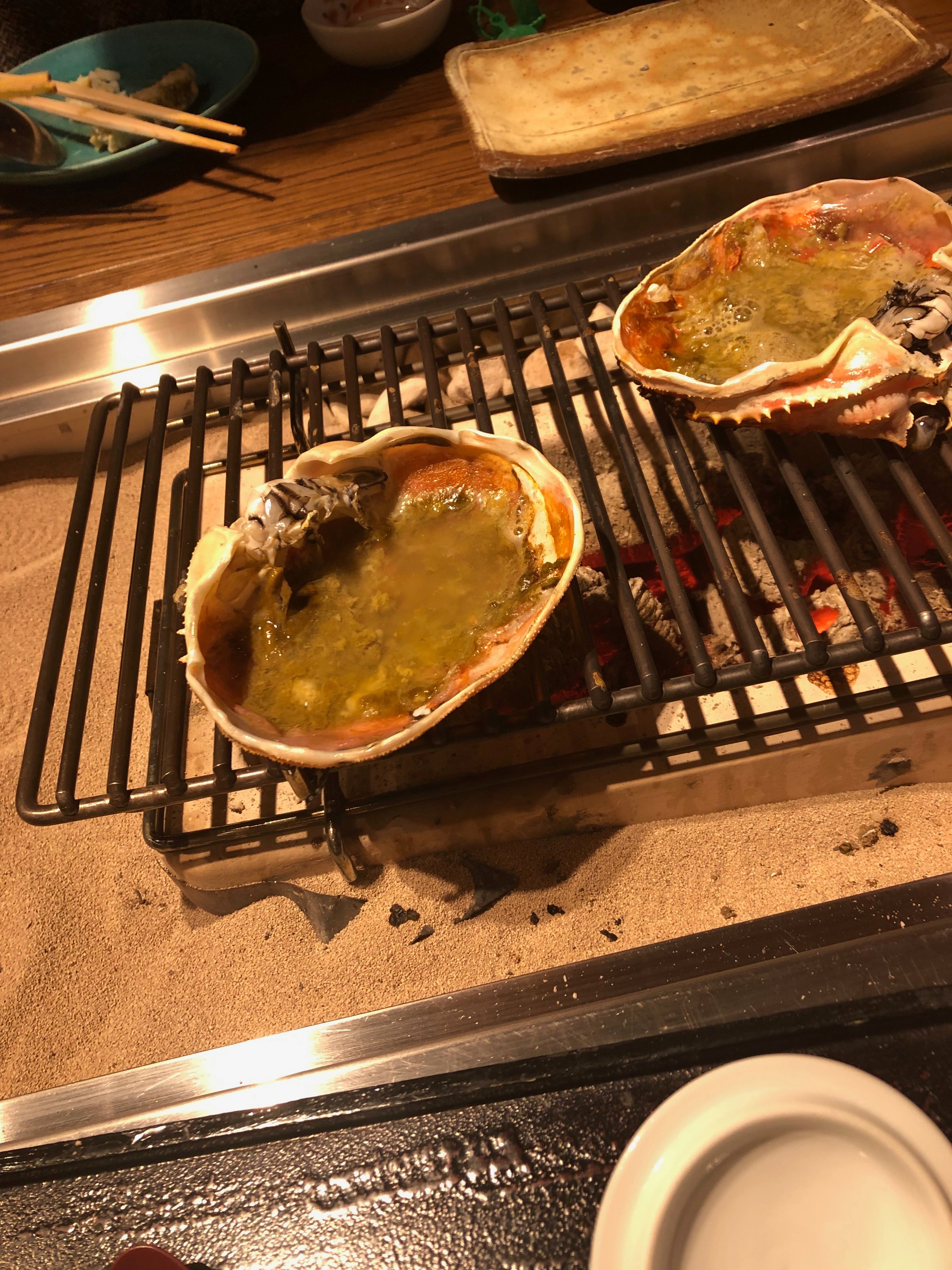
We drank local sake from the shell of the crab which was a delicious treat and finally made rice soup from the broth on the table. I thought I was full but then I found just enough space for the yuzu citrus ice cream that was served with a strawberry and a blob of cream. This was one of the most delicious meals I have ever tasted, and I recommend a crab course to anyone who goes to the area in winter.
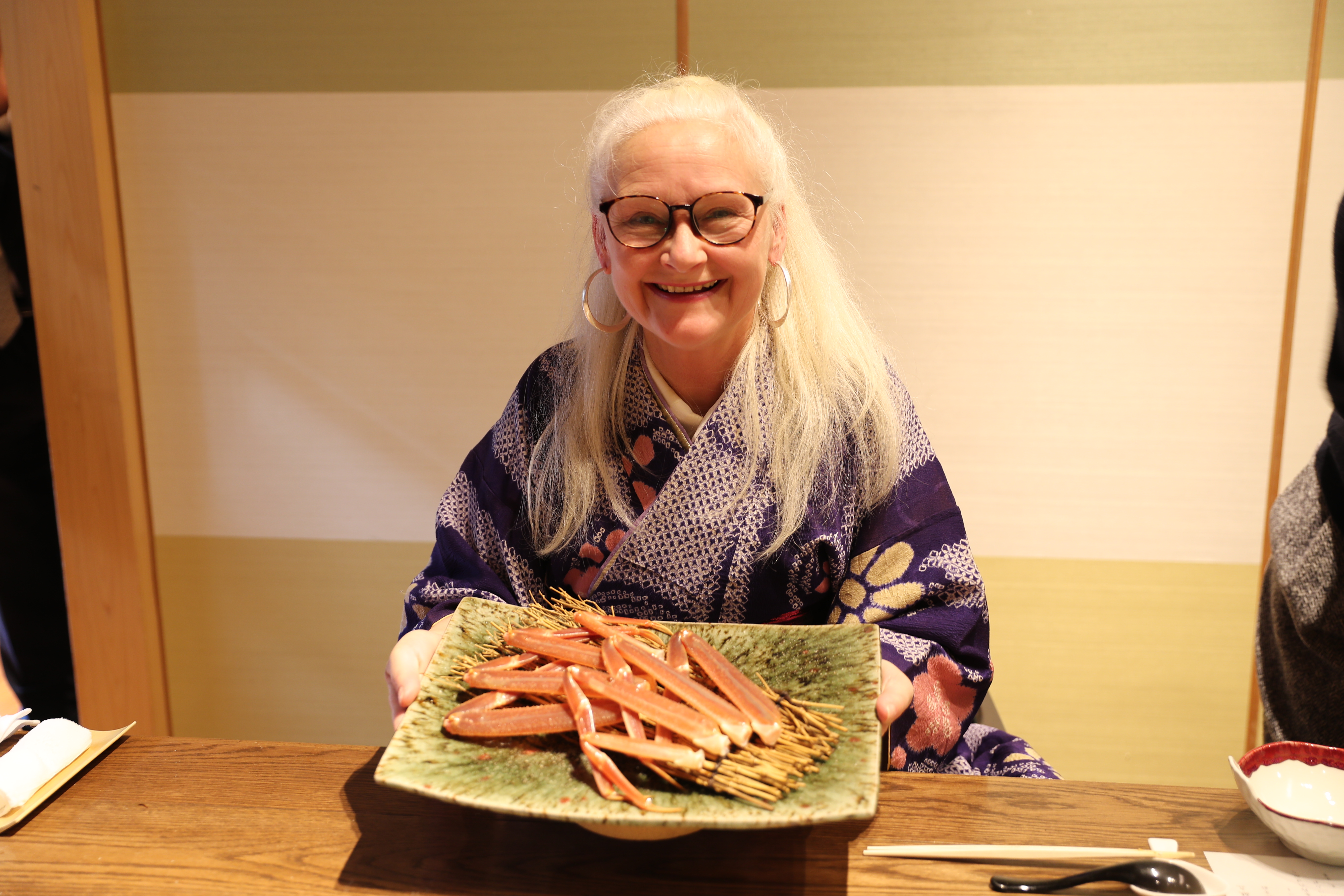
After the crab feast I went to another exciting place in Tango, which I had wanted to visit for a long time. In the Tamiya Raden weaving workshop mother of pearl, abalone, and different shells from many countries which have been sliced into fine sheets are stuck onto washi paper. These are sliced into threads which are individually woven into the weft threads of fine quality formal obi. They shine with blue, purple and green from shells which were hidden in the deep sea.
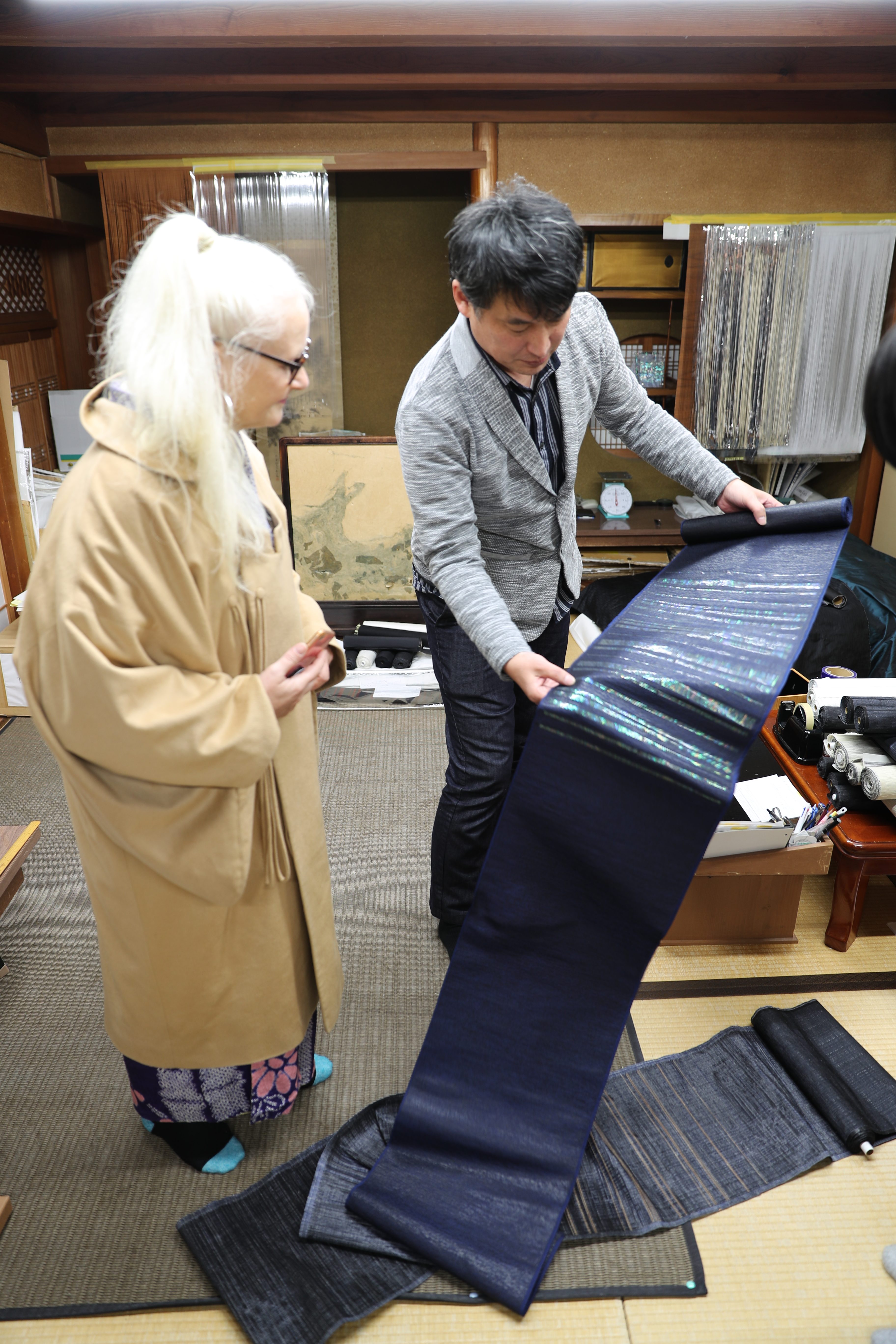
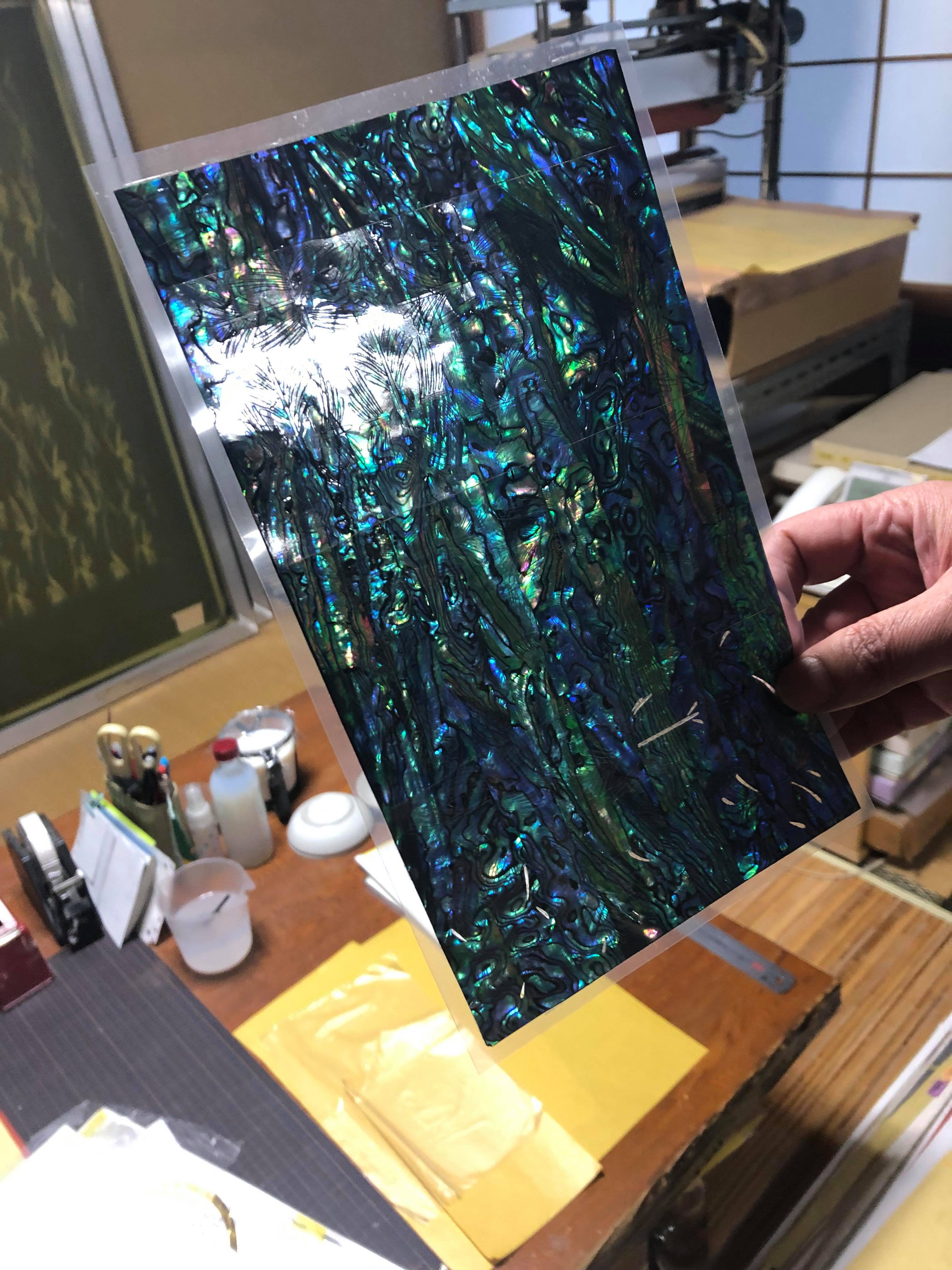
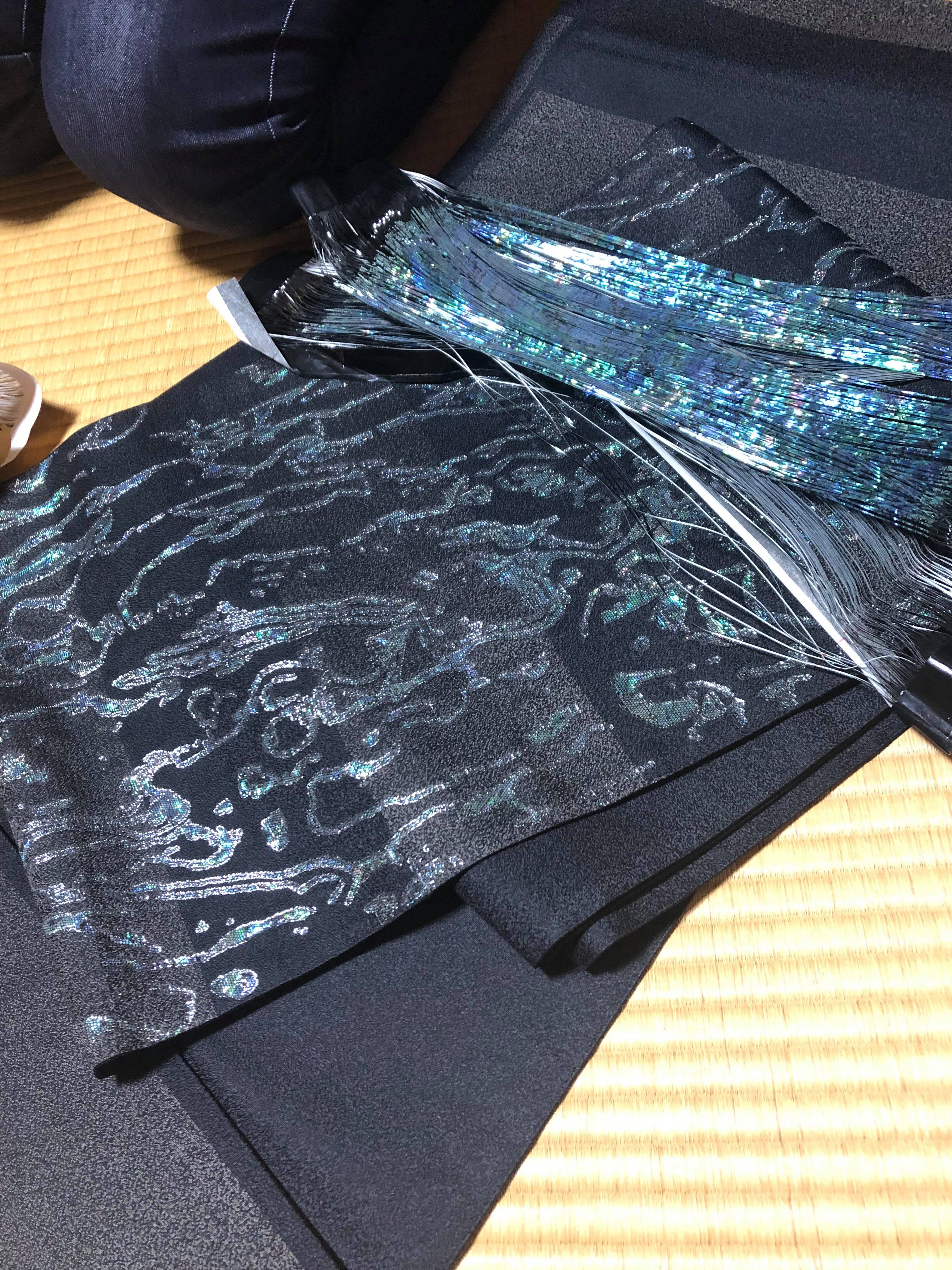
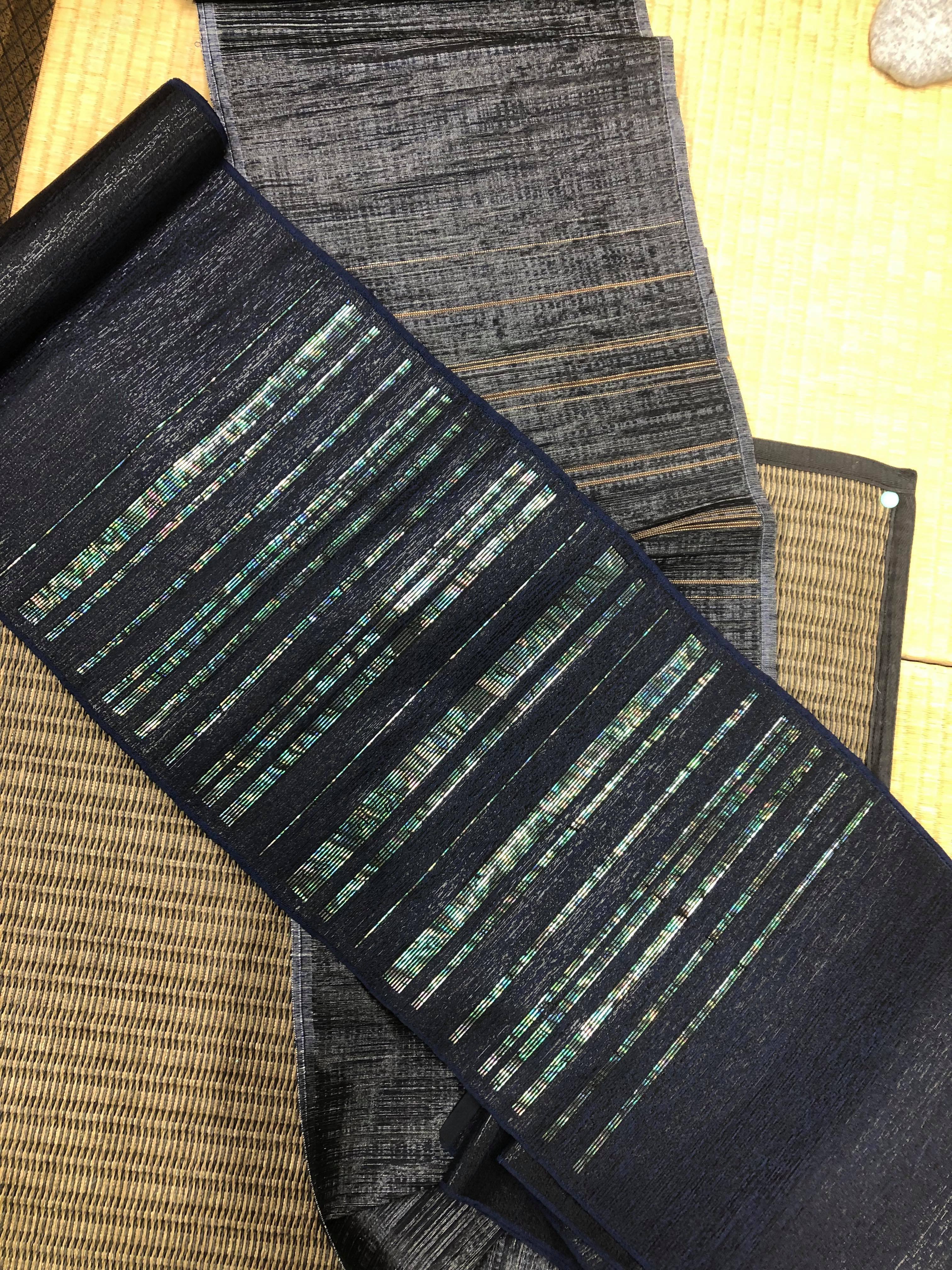
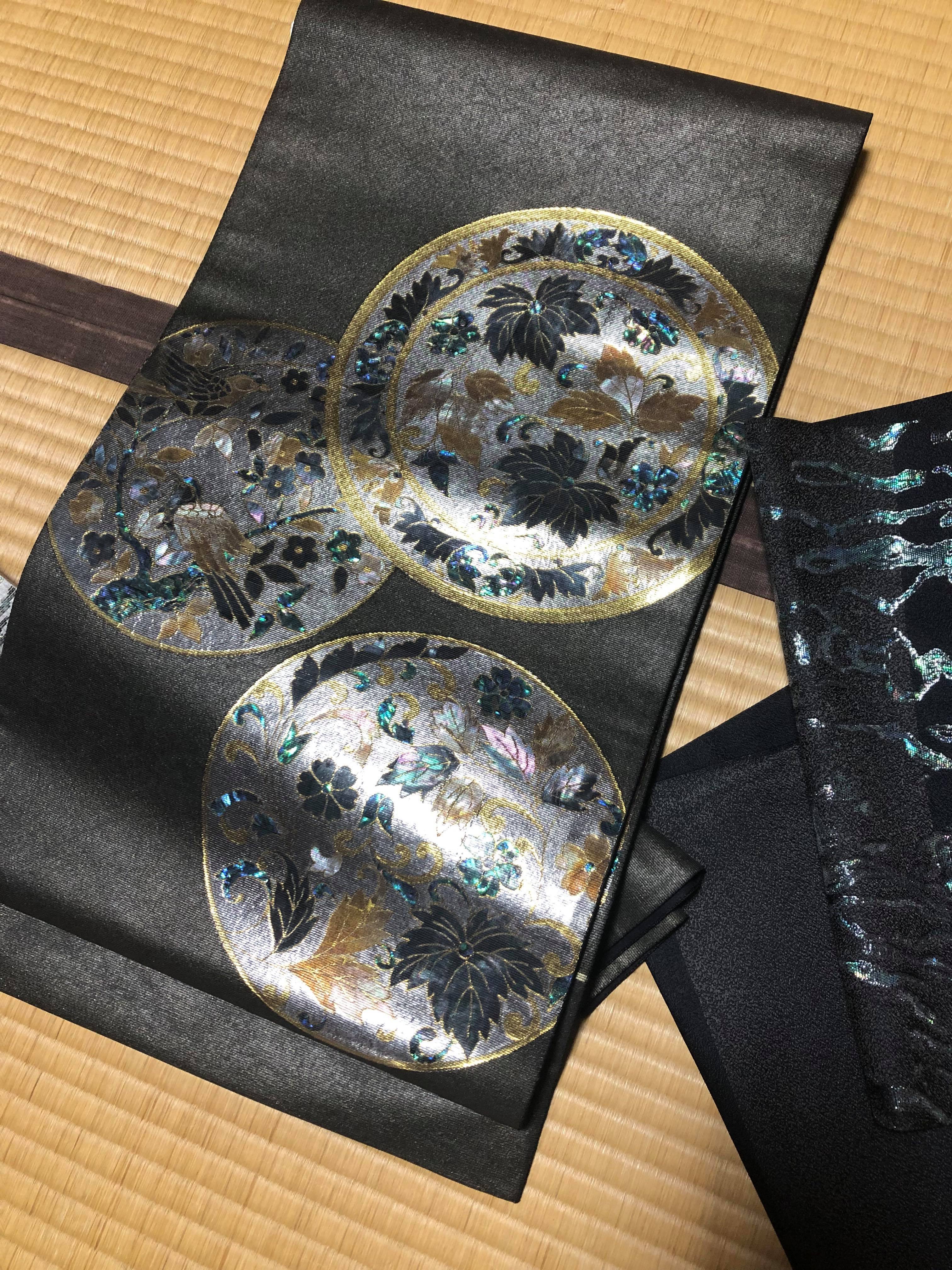
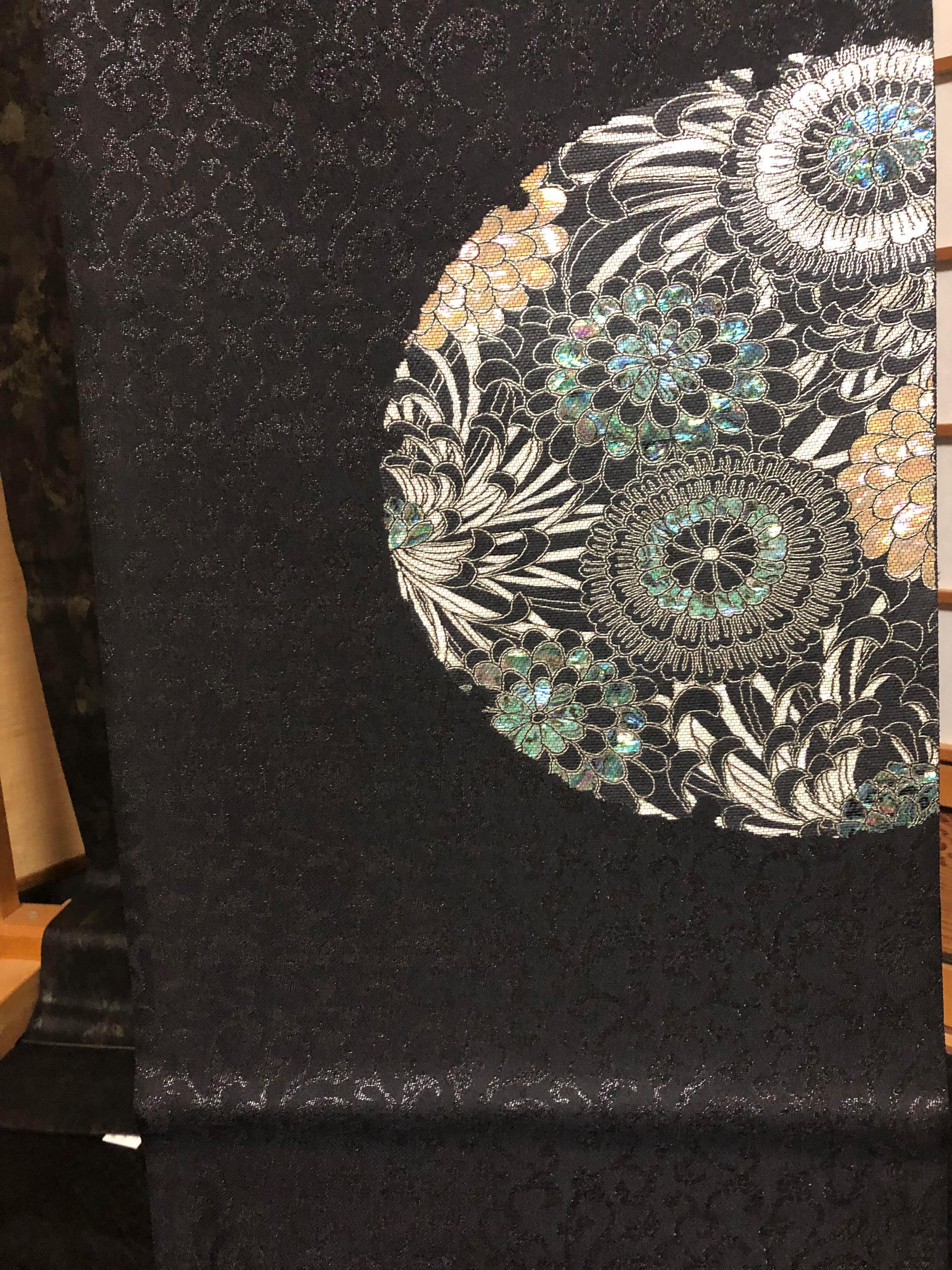
The Tamiya workshop has also put these threads into a gorgeous uchikake wedding gown which took over two years to make. The textiles are exotic and have a rare beauty which cannot be produced with any other material.
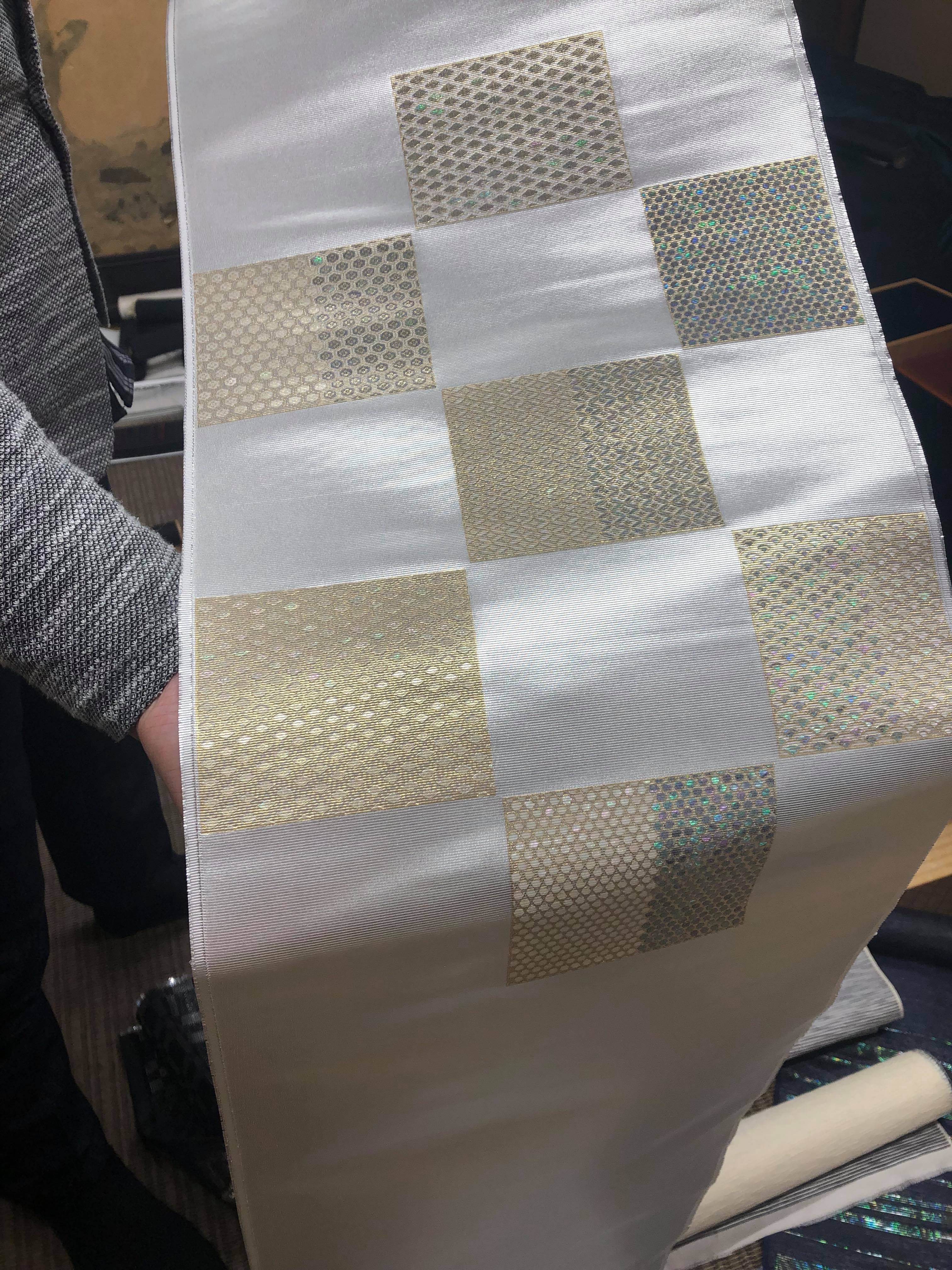
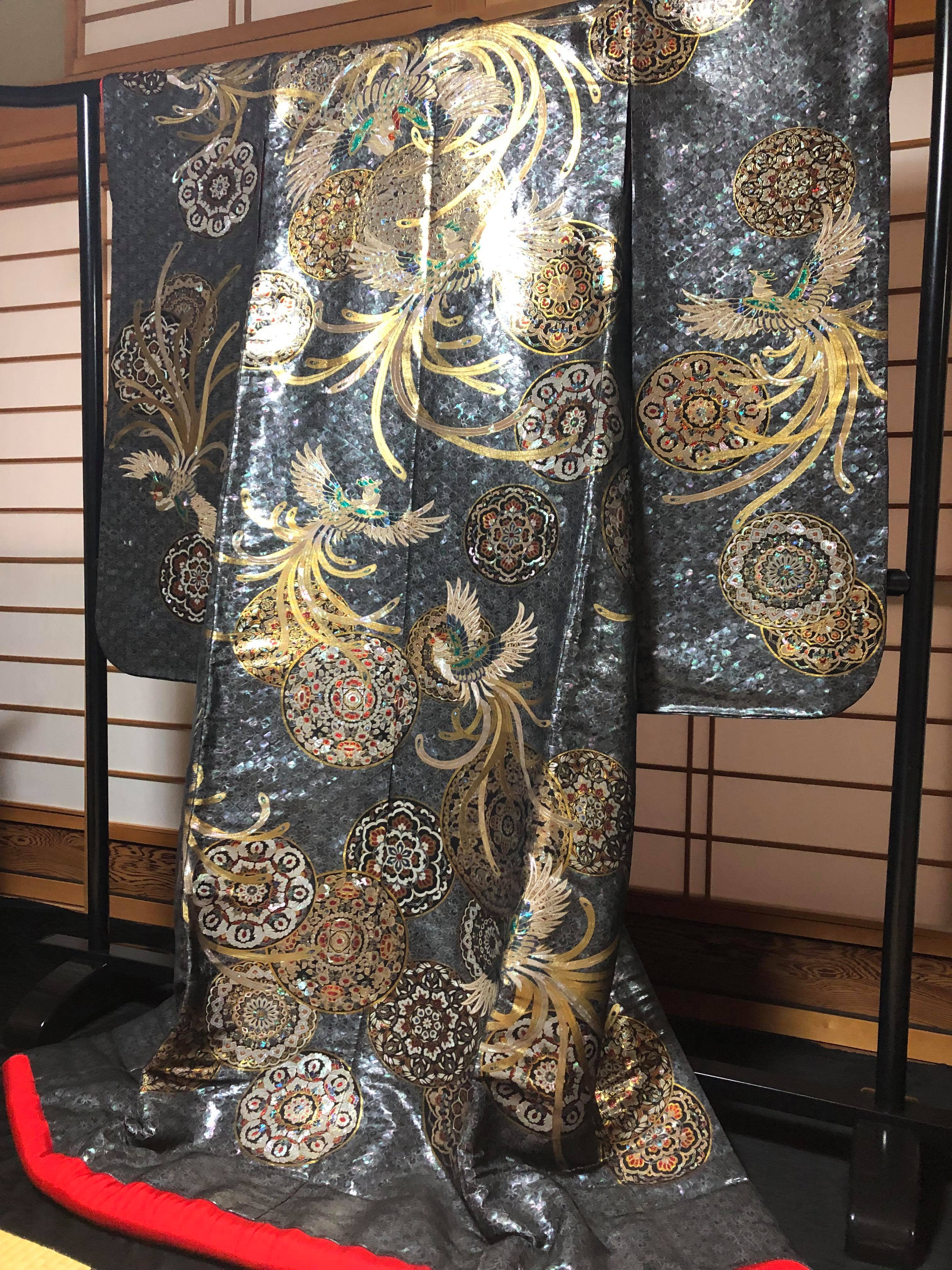
Many of the designs are of phoenixes or traditional Heian period designs, but the Tamiya workshop is also experimenting with modern geometric patterns and weaving other materials into wefts, producing patterns and fabrics that have a wide variety of uses, not only for kimono but also for interior and other goods.
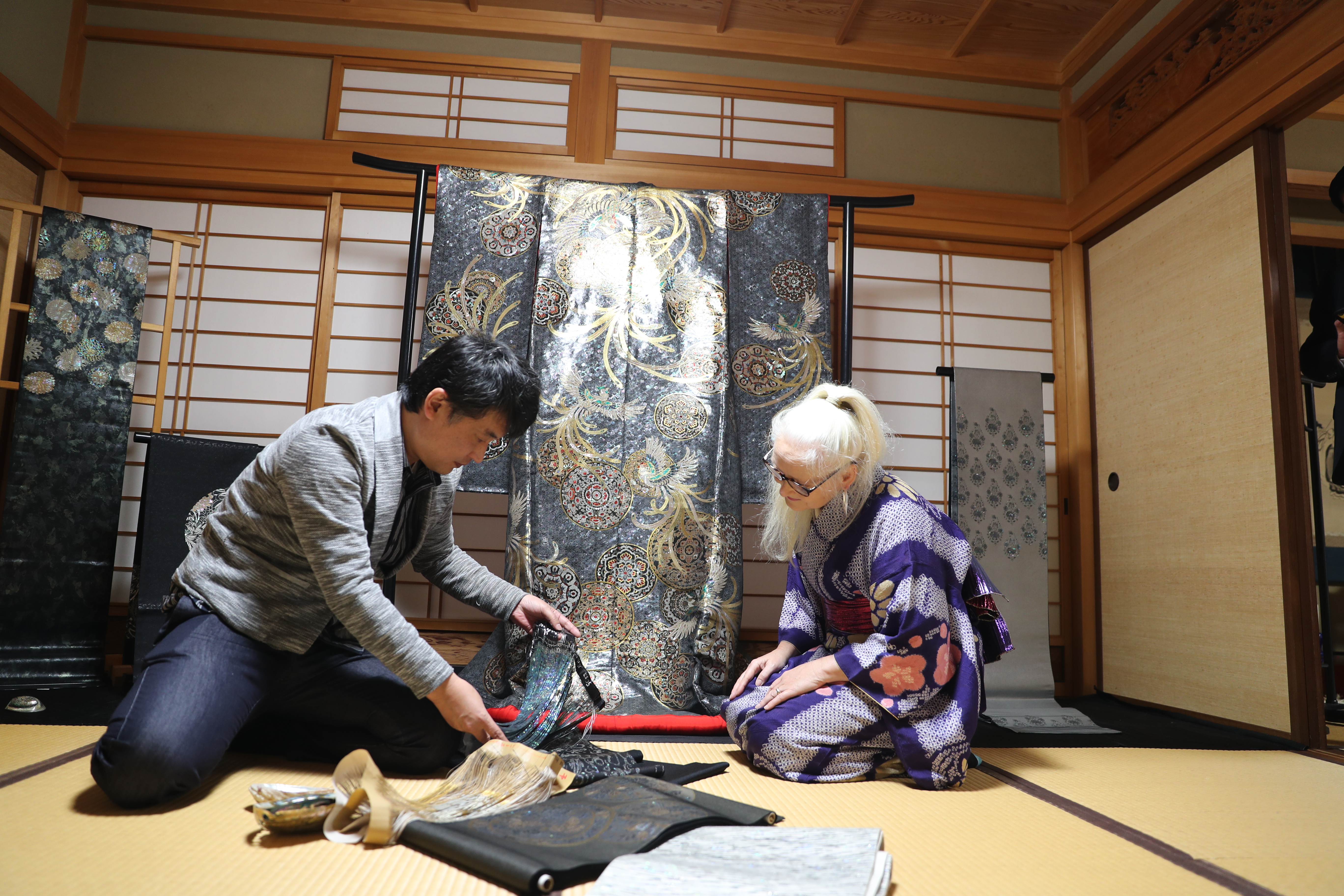
I look forward to seeing the exciting new products that are coming out of this workshop. This day was a treat for both food and for clothing!
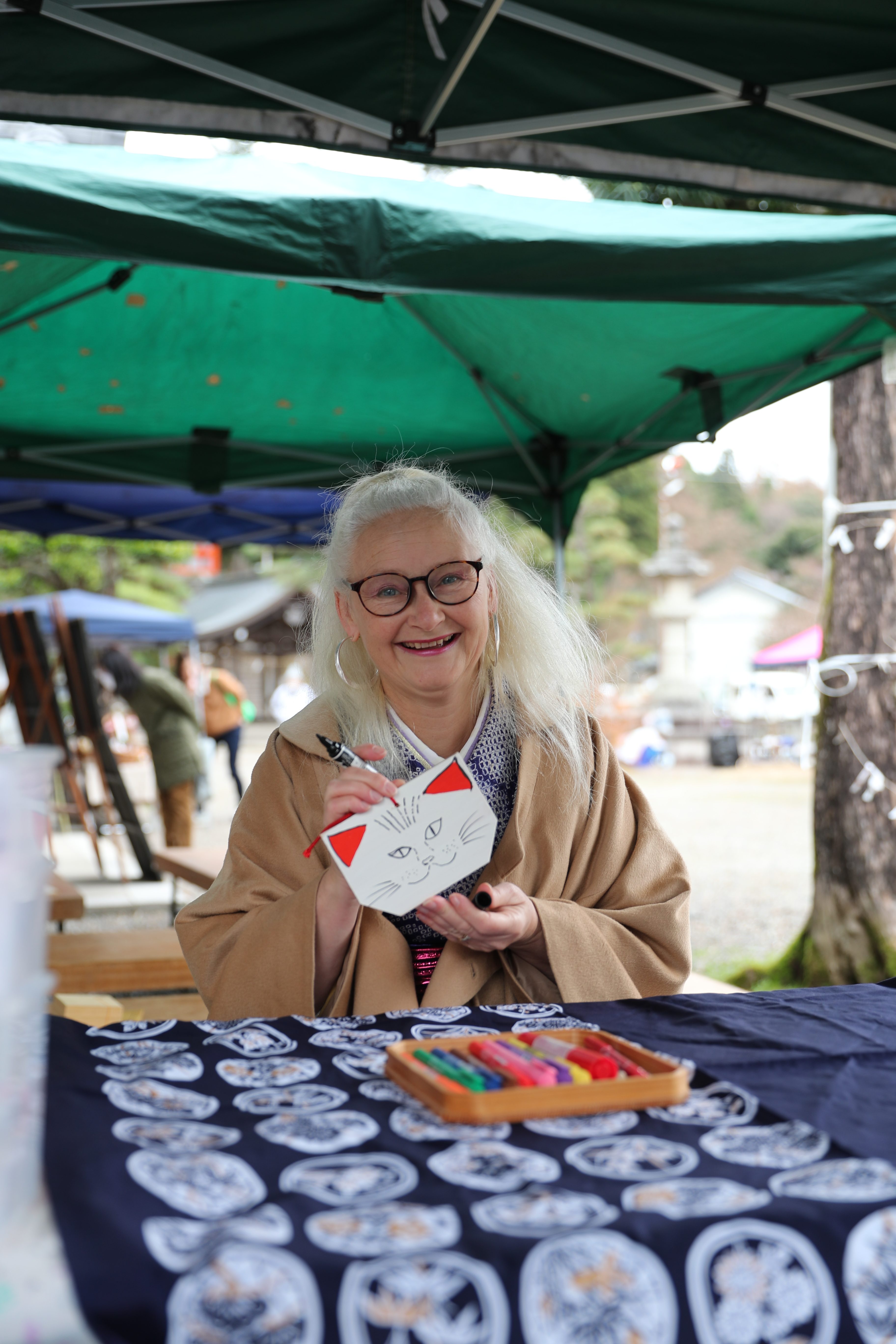
(At Kotohira Shrine in Kyotango, the only place “Komaneko” statues are put up as guardians)
Latest Posts

Yosano Tourist Association
TEL +81-772-43-0155


